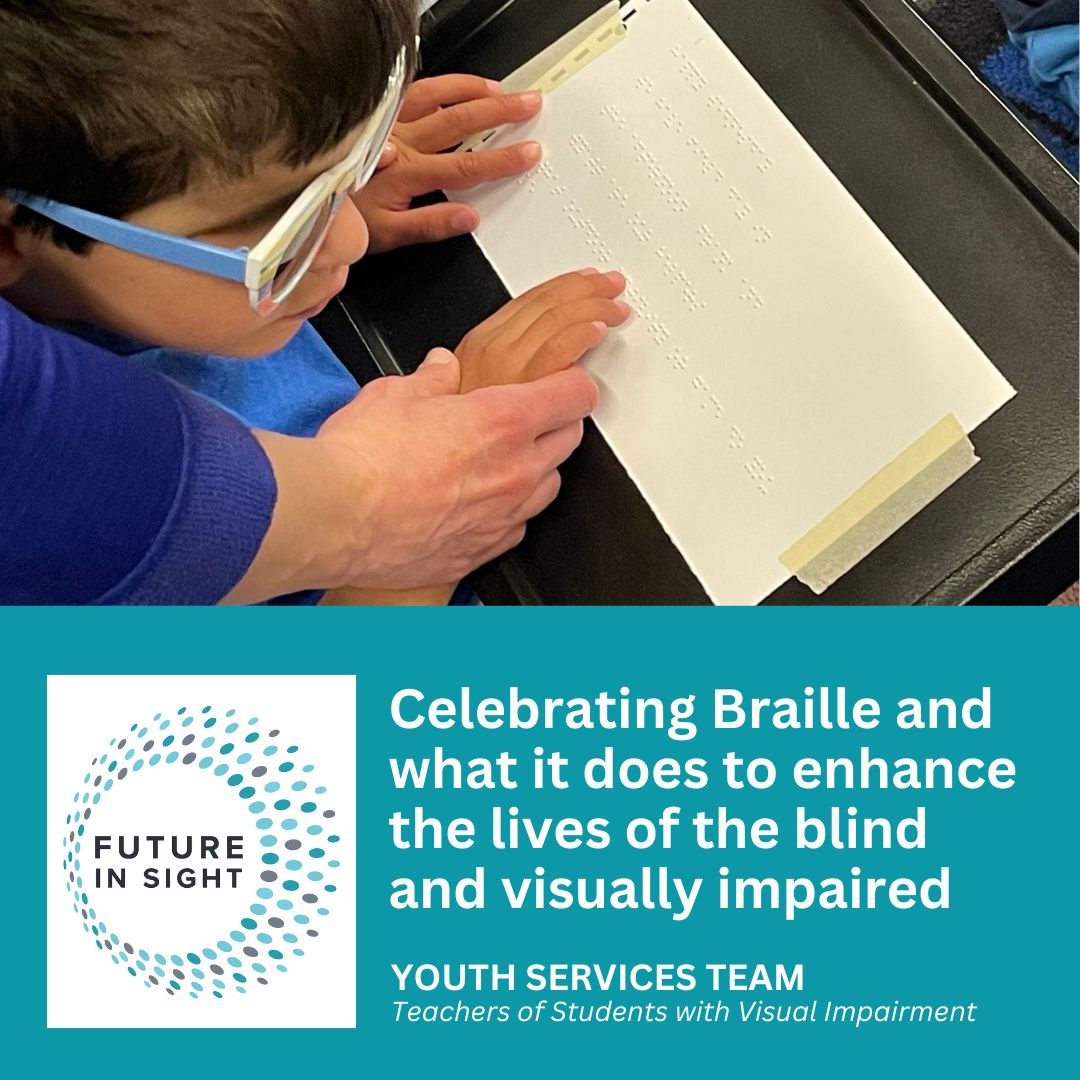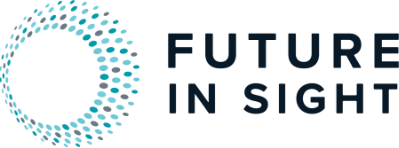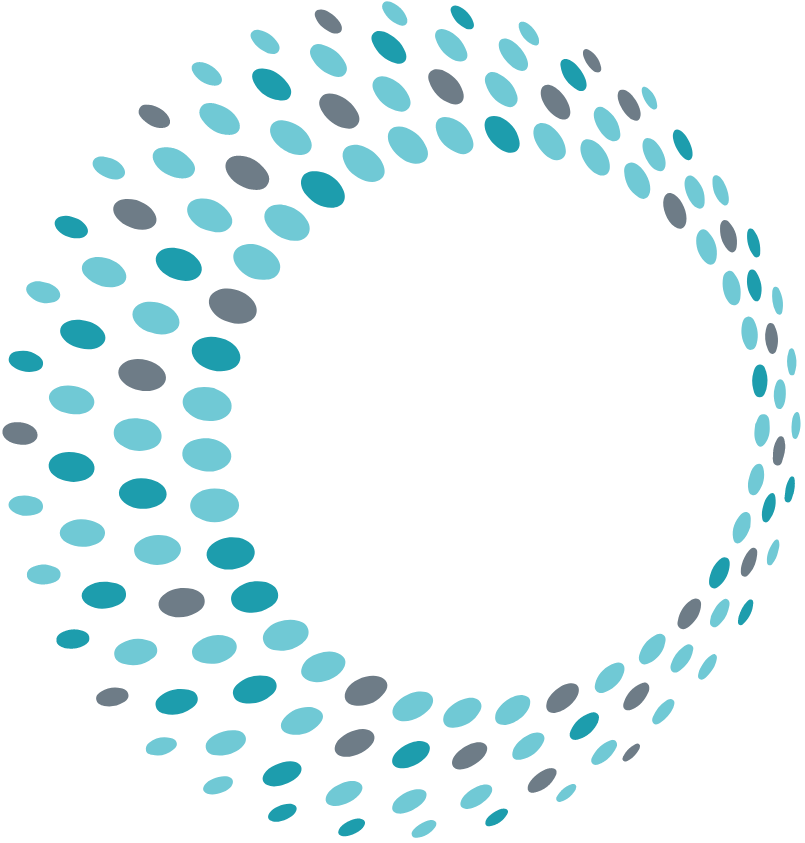
In recognition of Braille Literacy Month (January) and World Braille Day (January 4th), Future In Sight’s team of providers is sharing everything you need to know about braille and the advancements it has made to the lives of individuals living with vision loss.
What is Braille
For many of us, Braille is the bumps we find on elevator buttons or on the lid of our fast-food cup. For those we aren’t trained in reading it, it seems impossible that anyone could possibly make sense of it. From a technical standpoint, Braille is the tactile equivalent of print. The Braille language was created by Louise Braille who lost his sight when he was very young due to an injury. By age 12, he started making a system of touch reading. He worked with many people over many years in the development of a raised alphabet code which became official in 1824.
Although anyone can learn Braille, it is an especially important tool for people who are blind and visually impaired. Parents, teachers, and paraprofessionals can also learn to read Braille to better assist students.
Braille Literacy
At Future in Sight, we serve children, adults and the elderly across the state. While Braille can be helpful for all of these individuals; it is most commonly used by school-aged youth and individuals who experience vision loss early in life. At Future In Sight, Braille is taught by our team of Teachers of Students with Visually Impaired (TVIs) to students in the public school system across the state who are living with a severe vision disability. Braille literacy, like all literacy, involves the practice and understanding of the letters – in this case the braille cells – and making meaning of the letters when they are put together to form words. Similar to all other languages, the earlier an individual begins to learn Braille, the more competent they will be. In other words, learning Braille early and continuing to practice it through reading and writing is essential for literacy.
Braille for the Future
Some people question whether Braille will continue to be necessary given advances in technology. Although tech can sometimes be a valuable alternative, it does not replace the need for Braille in the same way that computers do not replace the need for sighted individuals to learn how to read and write. Braille literacy is the ability to tactually read and produce braille. Interestingly, over the years, different forms of Braille have been developed to support a variety of needs:
- Standard Braille – raised dots that stand for individual letters and numbers that can be combined to makes words.
- UEB Math – Unified English Braille is a complete code that is used for both literacy (non-technical materials) and for STEM (technical) materials.
- Nemeth Code – The Nemeth Braille Code for Mathematics and Science Notation is a Braille code for encoding mathematical and scientific notation linearly using standard six-dot Braille cells for tactile reading.
- Tactile Graphics – Tactile pictures, tactile diagrams, tactile maps, and tactile graphs, are images that use raised surfaces so they can be felt as well as seen.
Regardless of the type of Braille, all Braille can be produced either on low-tech devices such as a manual brailler or slate and stylus, or on high-tech devices like a refreshable Braille display or an iPad. Students can use braille in class and for recreational reading and writing and out in the community to read tactile signs. Braille use continues to be important to stimulate both the visual and tactile parts of the brain.
If you or someone you love is experiencing vision loss and could benefit from our services, please contact Future In Sight at [email protected] or 603-224-4039 today!
About the Author: This blog was written by our team of TVIs

